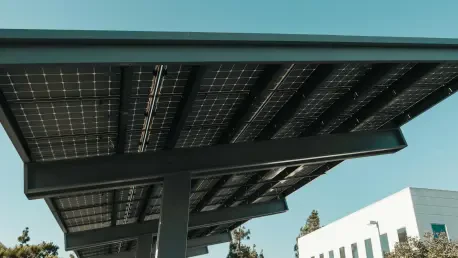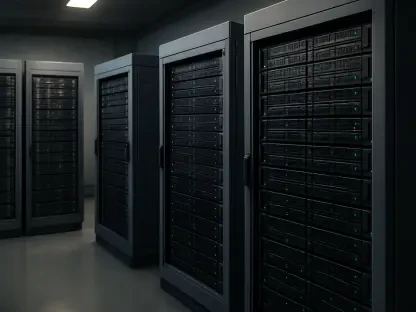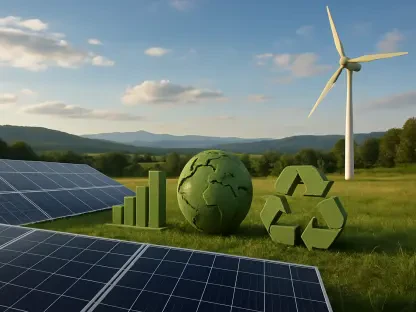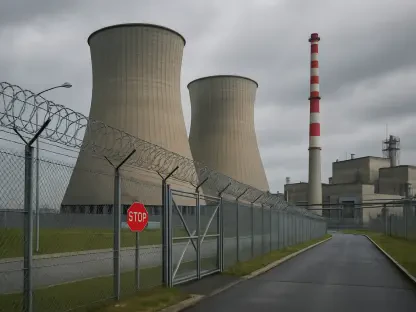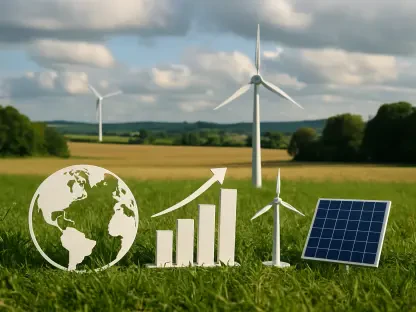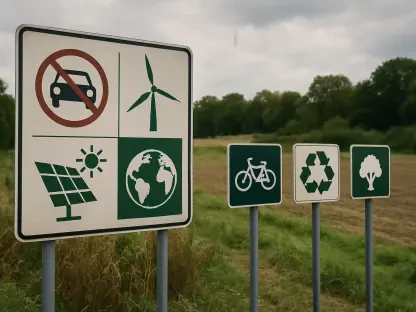The United States is poised for a significant shift in its energy landscape as electricity consumption is projected to soar, necessitating ample expansion in generating capacity. This development underscores the vital role that solar power and battery storage technologies are expected to play in meeting these rising energy demands. With the Energy Information Administration (EIA) forecasting substantial growth, the nation’s energy paradigm is set to undergo a transformation, transitioning towards more sustainable and reliable energy sources. The focus on ramping up solar power and integrating sophisticated battery storage solutions highlights a broader commitment to cleaner energy, amid global trends encouraging a departure from fossil fuels. As coal capacity declines, the dawn of a new era, characterized by an increased reliance on renewable energy, particularly solar, becomes apparent. This shift not only reflects advancing technologies but also emphasizes the importance of grid stability and sustainability amid escalating energy needs.
Expanding Solar and Battery Storage Capacity
Projected electricity demand in the United States is set to reach unprecedented levels in the coming years, driving a crucial need for increased electricity generation capacity. The EIA’s outlook reveals that utility-scale solar power will be at the forefront of this transformation, with plans to add about 135 gigawatts (GW) of capacity by 2026. This rise in solar energy is expected to lead to significant increases in electricity generation, with growth predicted at 34% in the current year and 18% the following year. Simultaneously, coal capacity is anticipated to decline by approximately 50 GW, reflecting a broader shift away from fossil fuels and towards sustainable energy solutions. This context underscores solar power’s growing importance in the electricity generation mix, with developments in technology making solar energy increasingly viable and cost-effective compared to traditional coal-based methods.
The dramatic growth in solar capacity is paralleled by advancements in battery storage technology, projected to see an additional 57.5 GW of capacity by 2026. Battery storage systems are crucial in balancing supply and demand on the electricity grid, especially with the inherently variable nature of renewable sources like solar power. By enabling excess solar energy to be stored and used when needed, battery systems enhance grid reliability and stability. As these technologies continue to evolve, they also promote more efficient integration of renewable resources into the energy grid, allowing for greater flexibility and resilience. The intertwining growth of battery storage with solar energy highlights the dynamic synergy between these technologies, collectively aiming to meet the increasing electricity demands across the country.
Geographic Focus and Industry Investments
The expansion of solar and battery storage technologies is geographically concentrated in regions such as Texas, California, the upper Midwest, and the Northeast. Texas, in particular, emerges as a frontrunner, attributed to its strong pipeline of battery storage projects, anticipated to add 19.7 GW of capacity in the near future. This focus on battery storage in Texas is seen as strategically beneficial, enhancing grid reliability and contributing to reduced energy costs within the state. The state’s emphasis on renewable energy solutions underscores the importance of regional initiatives that align with national and global trends toward sustainable energy adoption. By fostering a conducive environment for renewable energy development, these regions are paving the way for a shift toward more robust, cleaner, and diverse energy infrastructures.
In the previous year, the United States witnessed a record escalation in battery storage capacity, with 10.3 GW installed. The exponential increase in battery storage capacity, coupled with the growing deployment of renewable energy, is crucial for bolstering the national energy grid’s resilience. Plans within the U.S. energy storage industry to invest $100 billion in domestic battery manufacturing over the next five years indicate a clear commitment to advancing the capabilities and reach of battery storage technologies. However, such expansive investment initiatives depend heavily on regulatory support, with streamlined permitting processes and predictable tax policies playing essential roles. Stakeholders, including the American Clean Power Association, stress the importance of a stable policy environment to foster the growth and deployment of battery projects, thereby reinforcing the renewable energy infrastructure.
Policy Challenges and Future Outlook
The United States is on the brink of a major transformation in its energy sector as projections indicate a sharp rise in electricity consumption, necessitating significant expansion in generating capacity. This potential shift highlights the crucial role solar power and battery storage technologies are expected to play in addressing the increasing energy demands. The Energy Information Administration (EIA) anticipates substantial growth, suggesting the nation’s energy framework will pivot towards more sustainable and dependable sources. This focus on amplifying solar energy use and incorporating advanced battery storage solutions reflects a broader dedication to cleaner energy. The trend aligns with the global movement to move away from fossil fuels, particularly as coal capacity wanes. With this, a new era centered on renewable energy, especially solar, is emerging. This transition underscores not just technological advancements but also emphasizes the need for grid stability and sustainability in light of growing energy requirements, ensuring a reliable energy future.
